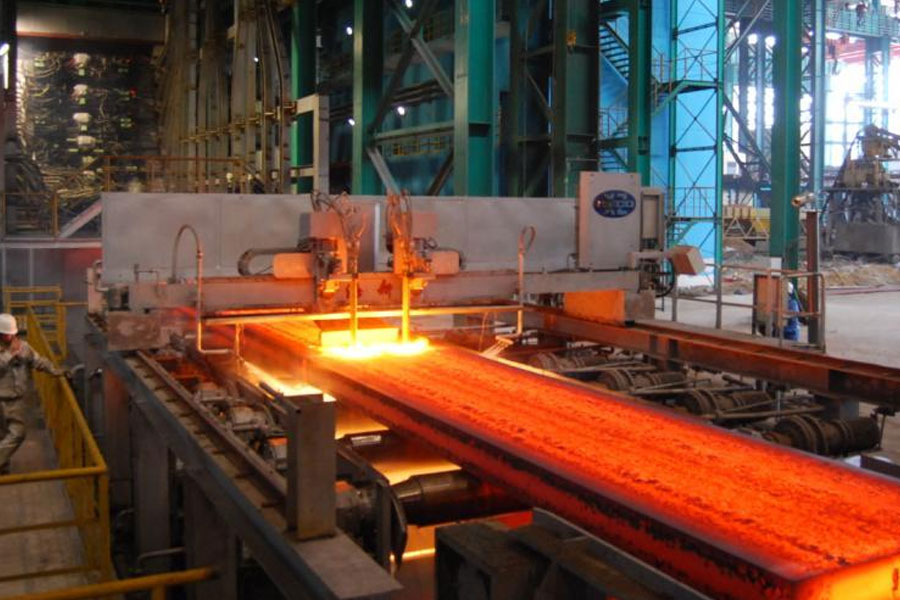In the case of machining centers that process different products and different processes, the choice of cutting fluid is also different. Give an example of how to choose cutting fluid for general products. The following is a detailed analysis and explanation of various cutting fluids:
As far as lubrication performance is concerned, the lubrication performance of oil-based cutting fluids is better than that of water-based cutting fluids. However, the cooling effect of water-based cutting fluid is significantly better than oil-based cutting fluid. In general, slow cutting requires higher lubricity of the cutting fluid. When the cutting speed is less than 30m / min, cutting oil is required. The emulsion combines the lubricity and rust resistance of the oil with the cooling of the water, so the high-speed and low-pressure metal cutting process with large heat generation is very effective.
Cut oil with extreme pressure additives, when the cutting speed is not higher than 60m / min, it is effective for cutting of any material. During high-speed cutting, due to the large amount of heat generated, the heat dissipation effect of the oil-based cutting fluid is poor, which will cause the temperature of the cutting zone to be too high and cause smoke, fire and other phenomena. In addition, because the temperature of the workpiece is too high, it is easy to produce thermal deformation, which affects the machining accuracy of the workpiece, so more water-based cutting fluid is used.
Compared with oil-based cutting fluid, the advantage of emulsion is greater heat dissipation, cleaning and economic efficiency, which is conducive to the operator’s hygiene and safety. Therefore, metal processing plants are more willing to use emulsions. In fact, in addition to materials that are particularly difficult to process, the emulsion can be used for almost all light and medium-load cutting and most heavy-duty machining. The emulsion can also be used for complex grinding other than thread grinding and groove hemp grinding. For all grinding processes other than emulsions, the disadvantage of emulsions is that they can easily cause bacteria and mold to multiply, and the active ingredients in the emulsions can be chemically decomposed to smell and deteriorate, so generally, organic bactericides with low toxicity should be added.
The advantages of chemical synthetic cutting fluids are economy, fast heat dissipation, strong cleaning and excellent workpiece visibility, easy to control the processing size, and its stability and anti-corrosion ability are stronger than emulsions. Poor lubricity, which will cause the sticking and wear of the moving parts of the machine tool of the machining center, and the viscous residue left by the chemical synthesis will affect the movement of the parts of the machining center, and will also cause rust on the overlapping surfaces of these parts.
